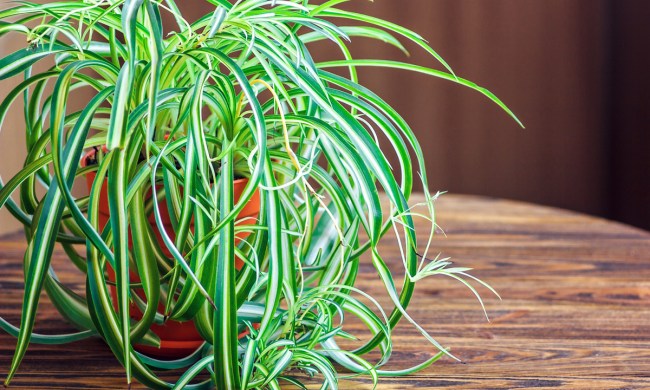Who doesn’t love a good raspberry? They’re sweet with just the right amount of tart. They make good cakes, pies, jams, ice cream, and cobbler. Most of the time, though, we think about raspberries as things that we can’t grow ourselves. Either you find them growing wild by a stream or in a grocery store. You absolutely can grow them yourself, though! Just like with blackberries, these simple tips for propagating raspberries will help you enjoy the taste of berries in the comfort of your own yard.
Can you start raspberries from cuttings?
Raspberries can be grown from cuttings from either the stem or the root. Raspberries and blackberries are related and can actually propagate in some of the same ways. All raspberries can be propagated by cuttings, and black and purple varieties of raspberry can be cloned by tip layering.
“Tip layering” means the tip of a stem is pushed a few inches into the soil, covered, and watered. The stem’s sharp bend will adjust the plant’s energy toward rooting. Through this process, the propagated plants will remain connected to their parent plants. The following spring, this stem will divorce from the parent plant and start to create its own.
While cuttings are simple to take and plant, there is one common problem. Raspberries are susceptible to several diseases, most notably mosaic, a disease spread from plant to plant by aphids. The impact of mosaic on raspberries can vary wildly depending on the variety of raspberry. To be sure you’re getting a disease-free raspberry, don’t take cuttings from a bush that isn’t yours. Nurseries will often sell raspberry cuttings that are disease-free or even disease-resistant, so you may want to speak with your local nursery.
How do raspberries reproduce?
Raspberries reproduce differently depending on the variety. Many raspberries, red varieties included, reproduce using runners, underground. New canes sprout from these runners, so you may notice new raspberry bushes in unexpected areas.
Black raspberries, on the other hand, will occasionally produce runners, but they most often spread by tipping. Tipping is just like tip layering, except that nature does all the work. If you want to keep your black raspberries in place, keep them pruned and don’t let them lean over.
With any new planting, make sure it’s done in well-draining, fungus-free soil. You want to give your raspberries their best chance at survival, because having fresh raspberries sounds like a dream come true, and now that you know these guidelines, it can be a reality for you! Start propagating your plants to your heart’s content and have a berry good time.




